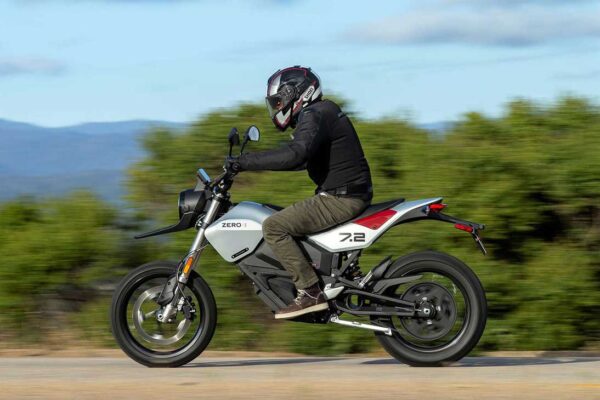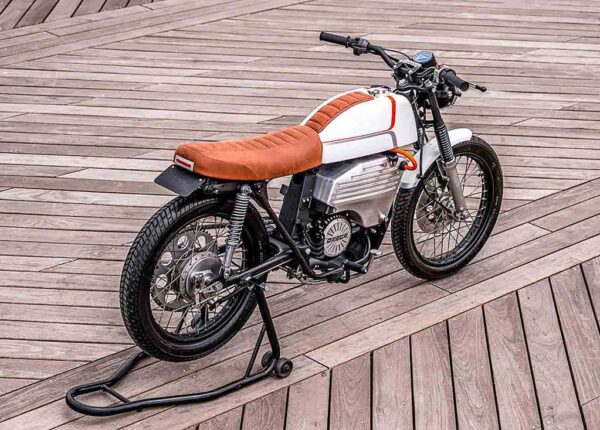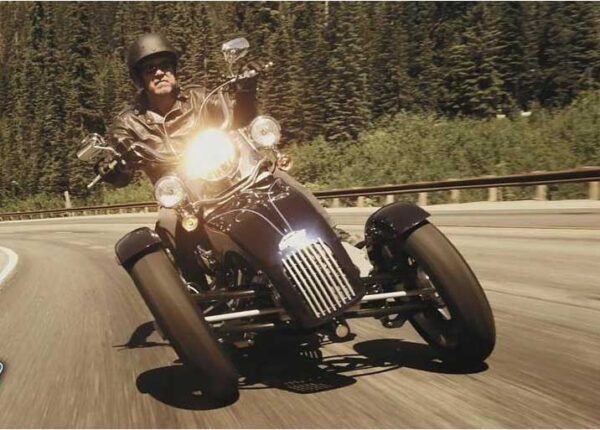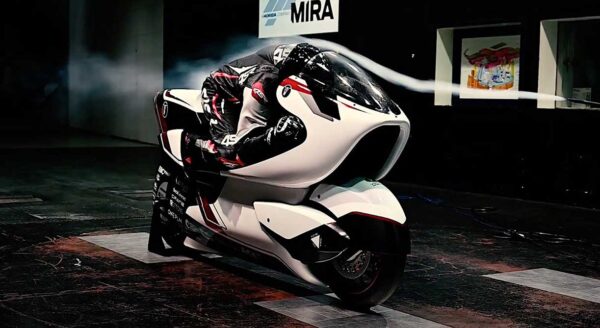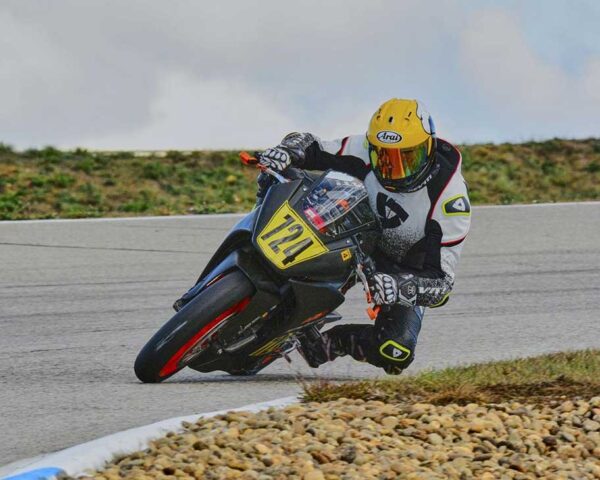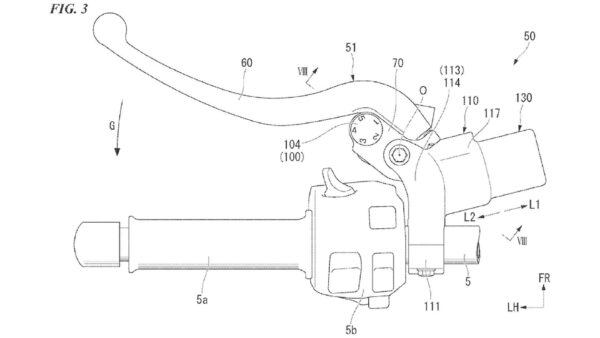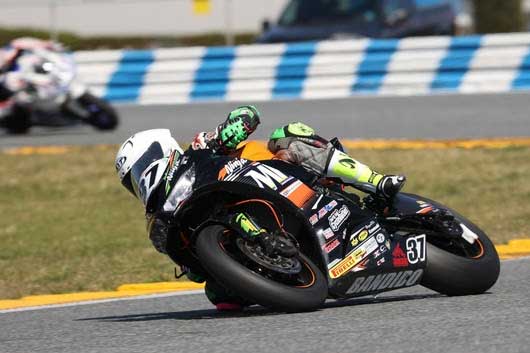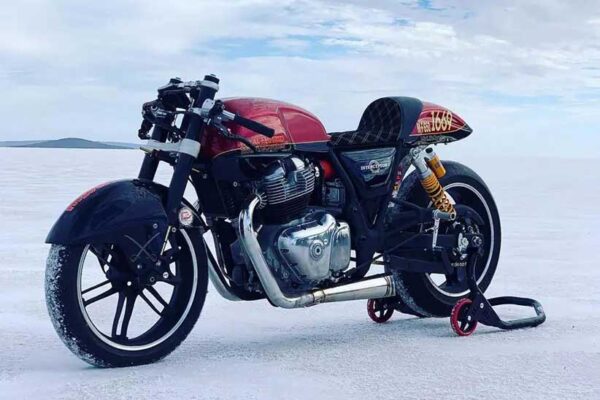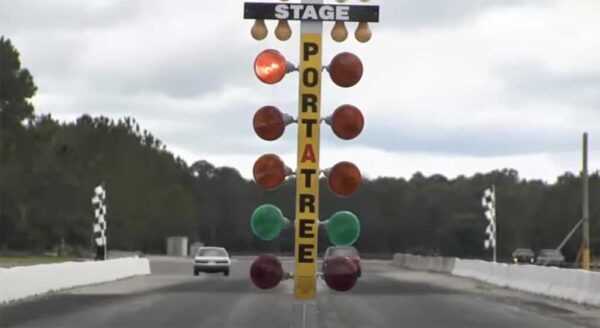Zero FXE launched: Review and Details
by Andrew Cherney from https://www.cycleworld.com The brand’s sleekest and most fun ebike yet. The lightweight, agile FXE is a new addition to Zero’s 2022 lineup. In a segment full of either high-priced, tech-heavy options or cheap flimsy junk, the FXE is a step in the right direction, especially for commuters not too concerned with range. It’s also a ton of fun. The design adds a minimal, supermoto style onto the existing FX platform for a more modern, updated feel. Steel frame holds the tried-and-true ZF 75-5 air-cooled motor in the FXE, rated at 46 hp. The 7.2kWh battery is not removable. Certain design elements like the front headlight design (an LED) and “beak” got carried over directly from the Huge Design concept bike. The bike’s light weight and short wheelbase make it easy to work turns, with good lean angle and sticky Pirelli tires aiding in your attack. You can drag the kickstand if you’re super aggressive though. The relaxed, commuter-friendly riding position is even more upright than the SR/F’s but it makes for a comfy perch (except at higher speeds). You’ll find the Cypher II operating system on the FXE displayed on a new 5-inch TFT screen, giving various ride modes and bike data. Pair your phone with the app to tailor them and get more detailed info. Stylish cast wheels hold grippy Pirelli Diablo Rosso II tires, which upped our confidence in deeper high-speed turns. The rear Showa monoshock delivers nearly 8 inches of travel for an impressively stable ride. Inverted Showa fork is adjustable. J.Juan brakes offer excellent feel and good stopping power, and ABS can be turned off. 2022 Zero FXE Specifications MSRP: $11,795 Motor: ZF 75-5 air-cooled IPM motor Battery: 7.2kWh (max capacity) lithium-ion integrated battery Charger type: 650W integrated Charge time: 9.7 hours to […]
Zero FXE launched: Review and Details Read More »

